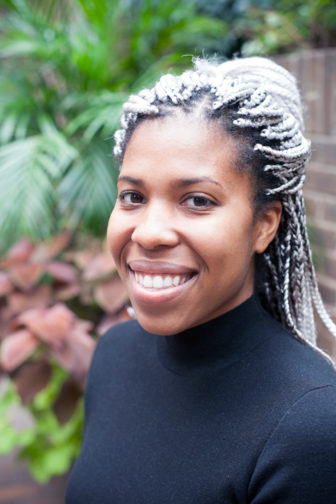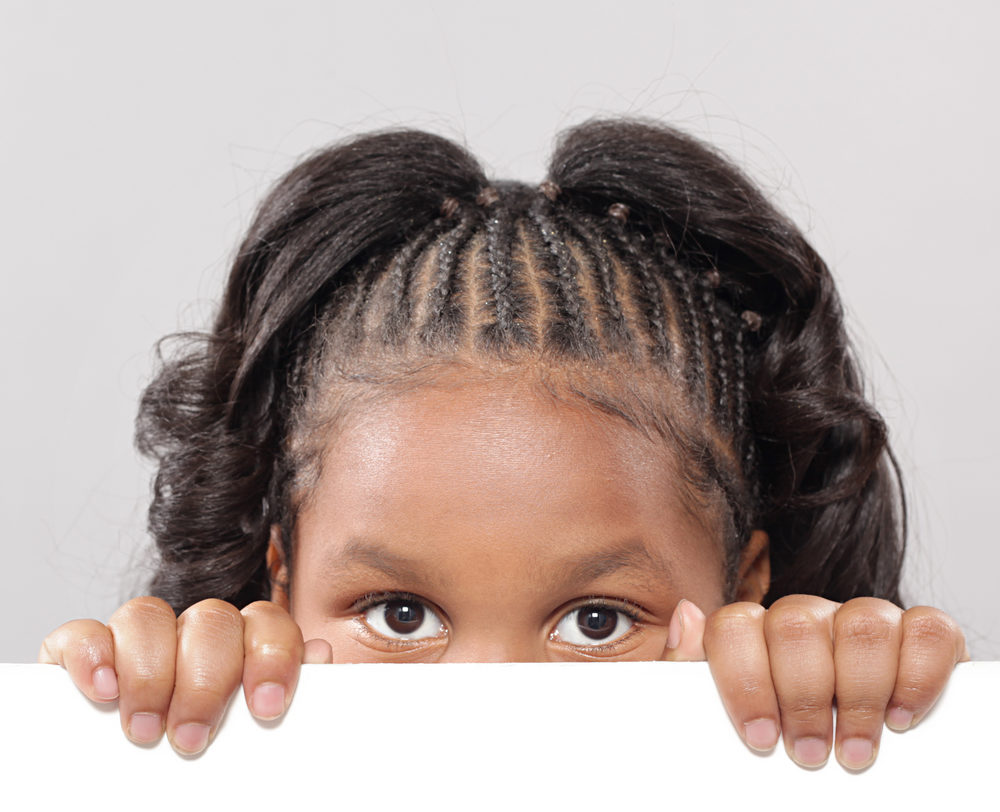
 Sen. Marco Rubio sent a letter to Secretary of Education Betsy DeVos and Attorney General Jeff Sessions this week wrongly blaming the Parkland shooting on the Department of Education’s School Discipline Guidance package. This guidance, released in 2014, reminded schools of their responsibility to address racial discrimination in school discipline, which affects students in every state.
Sen. Marco Rubio sent a letter to Secretary of Education Betsy DeVos and Attorney General Jeff Sessions this week wrongly blaming the Parkland shooting on the Department of Education’s School Discipline Guidance package. This guidance, released in 2014, reminded schools of their responsibility to address racial discrimination in school discipline, which affects students in every state.
The guidance includes a series of recommendations to help close the school-to-prison pipeline, including limiting police involvement in nonviolent disciplinary matters. Sen. Rubio’s idea to increase contact between police and schools is not what students want or need and will undoubtedly create more threats for girls of color in school.
Here’s why:
School police don’t arrest white boys with guns. They arrest black and brown students. Based on our Let Her Learn reports, black girls are 15 percent of girls enrolled in public school, but 37 percent of girls arrested and 28 percent of girls referred to law enforcement.
For more information on Racial-Ethnic Fairness, go to JJIE Resource Hub | Racial-Ethnic Fairness
And it’s not because they misbehave more often. Due to race and gender stereotypes, black girls are more likely to be disciplined for minor or nonexistent offenses and come into contact with police for unnecessary reasons. Frequently, police are called into classrooms to resolve minor conflicts, including attitude violations, dress code issues, use of a cell phone, etc. It’s a reality of our overpoliced school system: When police enter schools, black girls pay the price. And none of this helps prevent school shootings, which are overwhelmingly committed by white boys.
We’ve been down this road before. After Columbine, schools increased the use of police, metal detectors, suspensions, expulsions and school-based arrests. But they did it all in the wrong schools, targeting schools with predominantly students of color. So now, the more students of color there are in a school, the more likely there is a police officer in that school. The result? increased arrests for nonviolent offenses, not increased safety.
The School Discipline Guidance creates safer schools, providing a pathway to end the criminalization of black and brown students. That’s what safety looks like. It also explains that students need counselors, behavior specialists and trauma centers to be and feel safe.
Police officers cannot create that safety for all students. In fact, they have done the opposite. Girls have been body slammed, dragged, handcuffed and attacked by police in schools. And the list goes on. We need to create policies that prioritize the safety of all students, not just the students who look like the majority of Congress.
Instead of advocating for ideas that will put girls and students of color in harm’s way, Sen. Rubio should push for an increase in the number of counselors, behavior specialists and mental health professionals for students. He should listen to students and girls of color in particular. They know what makes them feel safe in school — and it is support, not police in the classroom.
Want less violence in schools? Get rid of guns. There is a role for police and there is a role for schools. Schools are the center of communities; they should be a place of safety, learning and support. None of that involve guns or the police.
In fact, Marco Rubio’s constituents have told him that. Just this week, Parkland student and survivor David Hogg said, “I don’t even want more school resource officers. Do you know the racial discrepancies they have against African-American and Latino students? We’re going to create a system where we widen the school-to-prison pipeline.”
Parkland students don’t want more police in school, they want real legislative action on gun control, and Sen. Rubio should listen.
Kayla Patrick is an education policy fellow at the National Women’s Law Center conducting research and analysis about the barriers preventing marginalized girls from achieving educational success.
Nia Evans is an campaign and digital strategies associate at the National Women’s Law Center, where she works with the communications team to develop digital and field campaigns focused on school pushout and educational equity.
This column was written for the National Women’s Law Center.

Pingback: We need to pioritize Black girls in the conversation about police in schools - The Black Youth Project